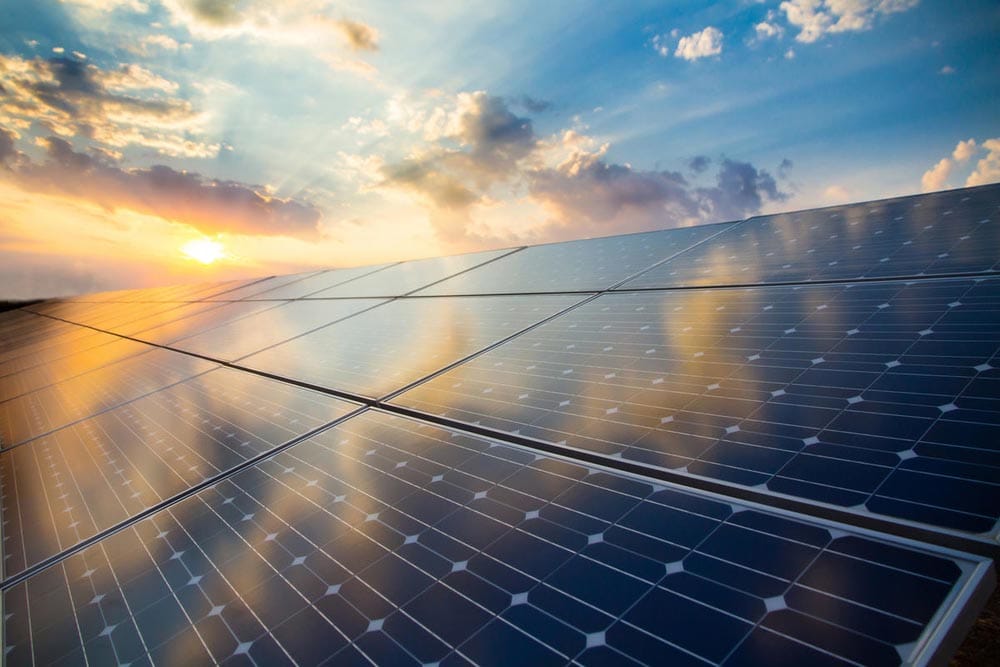Renewables Nation – World Wildlife Fund’s plan to make Australia a Renewable Energy Exports Powerhouse
Not only does Australia have some of the best renewable energy resources in the world, we now have our best ever opportunity to harness them for national and global good.
By combining what our nation is famous for, namely, – endless sunshine, huge land area, powerful winds, world-class expertise, and strong trade relationships – with the global shift to a low carbon future, it’s a no-brainer Australia should take the lead as a renewable energy export powerhouse.
Australia can produce enough clean and affordable energy to power our whole nation, plus have plenty left over to sell to our neighbours.
There have been many debates arguing the choice between having a healthy environment and a healthy economy. As a renewable energy export powerhouse, Australia could have both. We could boost our economy, create tens of thousands of new clean energy jobs and lower our domestic carbon pollution, improving the environment for all.
And we’ve got game in this space. Australians invented Wifi, and EFTPOS, technology that is now used all over the world. The modern solar cell was invented by an Aussie, and today, Australia has one of the highest rates of household solar in the world – with one in five households having solar on their roofs. Aussie companies – big and small, and run by people like you and me – are leading the way in clean energy solutions, like grids, batteries, and electric vehicles. Australia has the tools and the solutions to become a clean energy powerhouse.

This is why WWF-Australia is calling on our leaders to make Australia the world’s leading exporter of renewable energy by 2030.
Specifically, WWF is calling on all state and federal governments to:
1. Develop a costed Renewable Exports Industry Strategy
2. Accelerate the rollout of renewable energy and make it central to economic recovery plans,
3. Deliver the infrastructure, policies and incentives required to establish new clean manufacturing and renewable export industries.
4. Ensure First Nations rights are respected, and workers, regional communities and low-income earners are supported through the transition to a zero-carbon Australia.
Read more here: https://wwf.org.au/renew
To act on this objective WWF-Australia prompted an article in the Australian Financial Review wanting to influence the current government policies around energy usage.
Insitu Test played a role in this article acting as a signatory and endorsing WWF’s concepts. Being the reason for Insitu Test’s involvement among 100 other businesses working alongside WWF-Australia.
Exciting announcements from the Queensland Government were a big step forward towards this goal. The announcements contained commitments for:
- an additional $1.5billion to a Renewable Energy and Hydrogen Jobs Fund, on top of the $500 million announced prior to the last Queensland state election (read more about it here).
- investment in a huge 3GW renewable hydrogen project (read more about it here)
- a pumped hydro feasibility study – note we will be working to make sure this project is good for nature and the climate (read WWF’s media release here).

The transition to renewable energy and clean energy manufacturing will provide thousands of new jobs and help Queensland move towards a clean energy future. The support of a network of united Business Champions across Australia, our advocacy efforts both nationally, and at a state level particularly in Queensland, has not gone unnoticed.
The Light Weight Deflectometer (LWD) was first used in 1998 by the Minnesota Department of Transportation (Mn/DOT) at the Minnesota Road Research Project. Starting in 2005 the LWD has been used by Mn/DOT as an acceptance tool for the compaction of roadbed and miscellaneous embankment and trench construction, culvert treatments and other tapered construction.
That was really useful and informative yesterday – started a lot of discussion around here.
We have been very happy with the support from Insitutek. They are knowledgeable and have been super responsive and flexible to our needs.
Insitutek Blogs
We find clients are often looking for ways to improve geotechnical testing outcomes and do it more efficiently at the same time. This drives their buying decision making. Australian Soil and Concrete Testing (ASCT) was a case in point when they were searching for Plate Load Test equipment for their upcoming Collector Wind Farm project. Some of the things that motivated them include: […]
We are excited to introduce the addition of a new Liquefaction Risk Estimation module in WebSprint©. Paired with our cutting-edge products, PANDA® and GRIZZLY®, this module enables you to assess the liquefaction risk of soils exposed to seismic stress. PANDA® Instrumented DCP: This cutting-edge tool provides dynamic penetrometer soundings, delivering precise data crucial for seismic risk evaluations. GRIZZLY® […]
The Australian Geomechanics Society is gearing up for a series of geotechnical events across VIC, WA, NSW, and SA-NT. We are thrilled to inform you that we will be sponsoring and attending these exciting geotechnical events, and we would love for you to join us. It’s a fantastic opportunity to catch up, explore our booth (VIC), and stay informed about […]






